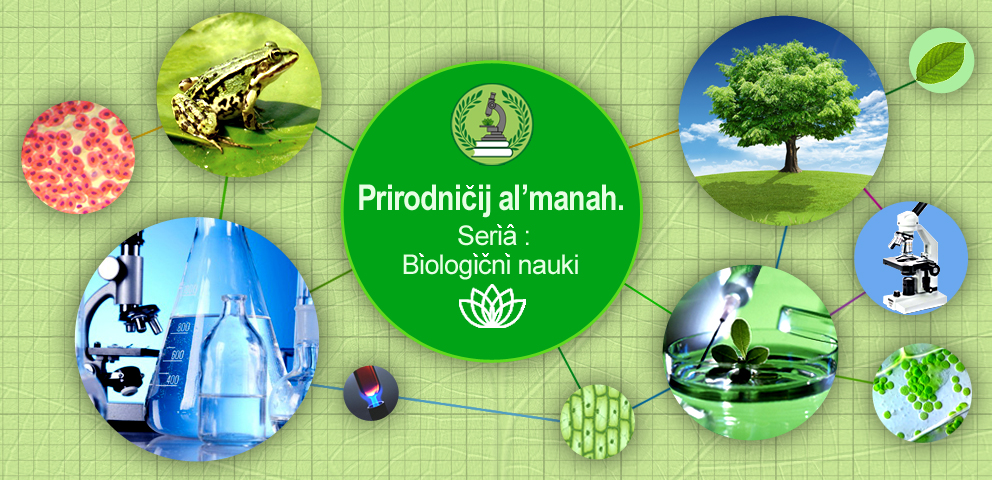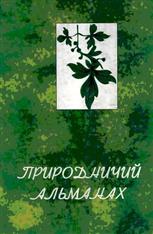CHAOBORUS (INSECTA, DEPTERA) LARVAE OF WATER BODIES AND WATER COURSES OF LOWER DNIEPER
Abstract
The larvae of the two-winged insects of the Chaoboridae family are the third
most frequent indicator of the Diptera group in the water bodies of the lower reaches
of the Dnieper. Although these larvae are not as massive as representatives of families
Chironomidae and Ceratopogonidae, they are a constant component of the aquatic
fauna of this region. Despite this, systematic determination of the species composition
of this group of organisms and the study of their distribution in reservoirs and
watercourses of the lower reaches of the Dnieper was not carried out. Therefore, the
purpose of the work was to determine the species belonging to the family of
Chaoboridae and to establish the indicators of their quantitative development and
biotope distribution in connection with the ecological characteristics of the water
objects under study.
The researches of species composition and quantitative development indexes of
Diptera insects larvae of Chaoboridae family of different types of water bodies and
water courses of Lower Dnieper are provided. The researches have been conducted
during 2012 – 2017 at the following water objects: the Dnieper River, the Viryovchina
River, the Upper Chaika River, the Koshova River, Lake Sabetsky Liman, Lake
Kardashinsky Liman, Lake Stebliivsky Liman, Lake Krugle, Lake Zakitne, Lake Midne,
Lake Lopukhy, Lake Rogozovate, Lake Skadovsk-Pogorile and the temporary
reservoirs. The study of larvae was conducted as a part of macrozoobenthos and
zooplankton. It was found out that all larvae belong to the Chaoborus genus, and are
presented in two species: Ch. (Chaoborus) flavicans (Meigen, 1830) and Ch. (Ch.)
crystallinus (De Geer, 1776). It was admitted that the habitats of each species are
associated with certain type of water objects along with its peculiar ecological
conditions.
During the course of hydrochemical analysis a certain discrepancy between the
grade of water purity and the saprobity index of Ch. flavicans larvae was found out.
This may point to the necessity of revision of saprobity index for this species. The
abiotic conditions, where the Chaoboridae larvae are able to create populations with
high numbers and biomass, were determined.
Keywords: Chaoborus, Chaoboridae, Diptera, larvae, macrozoobenthos,
zooplankton, lower Dnieper.

